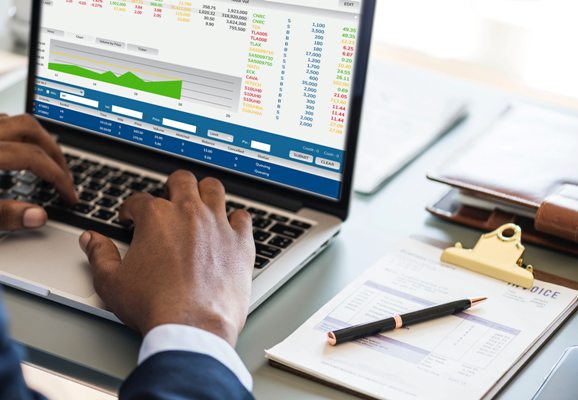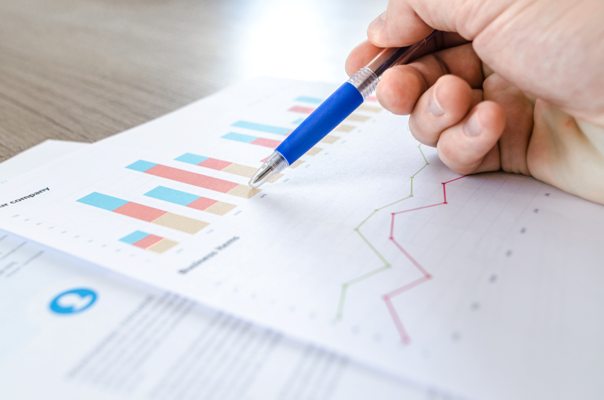In the modern world, where technical progress goes hand in hand with digitization, it’s no surprise that Big Data is on the rise. We produce 2,5 QB of data every day, and this number will skyrocket to an astonishing 163 ZB by 2025, according to an IDC report.
The majority of businesses in virtually every industry have to deal with big data and analyzing it is the hardest part. Considering frequent cyberattacks and recent data breach scandals, the public was outraged and deeply concerned for the privacy of their data, and so stricter regulations to ensure their safety started to appear. As a result, businesses that wish to benefit from the exciting prospects that big data opens must establish a way to analyze data appropriately and avoid breaches by detecting and closing loopholes in time.
What is big data?
The term is not so transparent as it may seem. It can both mean a large volume of structured and unstructured data and ways to analyze, mine and extract value from it. Traditionally, big data is characterized by the three V’s: volume, velocity, and variety.
Volume is the amount of data collected from multiple sources such as social media, real-time IoT sensors, customer databases, business transactions and more.
Variety is the types and formats of data which can be structured like in databases, unstructured (text, images, audio, video files) and semi-structured (web server logs and sensors data).
Velocity refers to the speed at which data is generated and must be processed to deal with business challenges and gain valuable insights. Things like IoT sensors and smart metering necessitate dealing with data in real-time.
Some organizations expand on the mainstream definition by adding another two Vs: veracity and variability. Veracity is the quality of gathered data which can vary greatly due to the sheer number of sources. Bad data can negatively affect analysis and compromise the value of business analytics.
Variability concerns inconsistencies in data, a multitude of data dimensions from numerous data types and sources and unpredictable data load speed.
The companies that deal with big data need to abide by the regulations of different compliance bodies. They must provide detailed reports on the type of data they obtain, how they use it, whether they make it available to vendors, and the employed security measures to avoid data breaches and leaks.
As we mentioned before, it’s not easy to analyze big data. The process calls for highly sophisticated analytical tools and qualified specialists that would guarantee the fulfillment of compliance requirements. Although it sounds overwhelming, the enormous benefits are worth the trouble.
The connection between big data and compliance
Big data impacts the compliance process since companies must keep track of its flow in their systems. Regulatory agencies pay close attention to every stage of data handling, including collection, processing, and storage. The reason for such strict control is to make sure that the company keeps its data out of reach of cybercriminals.
To get the compliance status, the company needs to develop solid risk mitigation strategies. When analyzing data, you’re expected to demonstrate how each of these strategies work and their efficacy. Penetration tests must also become a necessary procedure to protect the company’s infrastructure and data. It involves simulating a malware attack against a system to detect any vulnerabilities. A thorough report on the data security system will help the company to become certified faster.
Unlike the organizations that rely on small data, handling big data during the compliance process is costly, since the company must use sophisticated analysis tools and employ qualified experts. But it’s necessary in order to harness big data power to predict cyberattacks.
The benefits of big data for the compliance process
One of the biggest advantages of big data is its ability to detect fraudulent behavior before it reflects badly on your organization. CSO online report states 84% of organizations use big data to detect cyber threats and report a decline in security breaches. However, 59% noted their agency was still jeopardized at least once a month because of the overwhelming amount of data, lack of the right systems and specialists, and obsolete data.
 We’ve already covered the importance of qualified staff and powerful tools, and these are not the most important factors. The most crucial one is the automation of tasks so that data can be sent to analysts without delay. Using machine learning and AI to develop a predictive analysis model will also greatly fortify the company’s IT infrastructure since it both helps fend off known ransomware but also predicts the new. All this speeds up the compliance process and gains customers’ trust.
We’ve already covered the importance of qualified staff and powerful tools, and these are not the most important factors. The most crucial one is the automation of tasks so that data can be sent to analysts without delay. Using machine learning and AI to develop a predictive analysis model will also greatly fortify the company’s IT infrastructure since it both helps fend off known ransomware but also predicts the new. All this speeds up the compliance process and gains customers’ trust.
Big data also helps to manage the risk which arises from sharing the company data with a third party like vendors. Analyzing their ability to protect your data, you can decide whether to share it or not.
To get a compliance certification, the company must prove its customers are satisfied with the way their data is handled. Applying big data analytics will help understand the customers’ behavior. Based on these insights, the company can adjust its decision making, thus simplifying the compliance process.
If your organization wants to obtain and benefit from compliance certifications, you must adopt big data analytics and develop a preventive compliance strategy instead of the reactive one. It will allow to identify threats from a mile away and take appropriate security measures.





 Enhanced decision-making
Enhanced decision-making